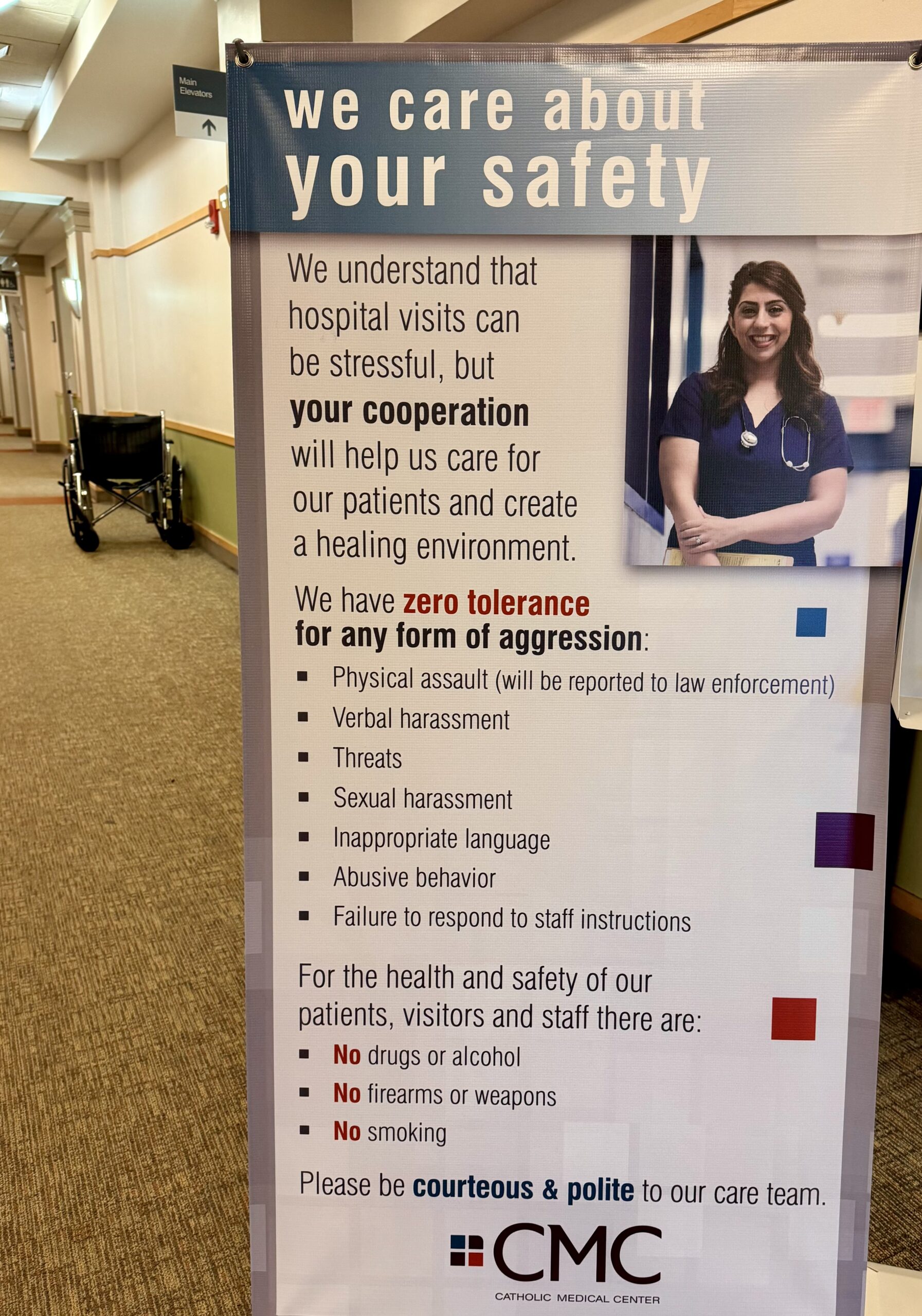The safest way to carry a rifle is unloaded, with the action open and the muzzle pointed in a safe direction. A carrying case or sling helps maintain control and safety.
Understanding the best practices for transporting a rifle is crucial for both seasoned hunters and firearm enthusiasts. The fundamental rule involves keeping the firearm unloaded until it’s ready for use, which minimizes the risk of accidental discharge. An open action visibly indicates the rifle’s safe status, offering reassurance to those around you.
Pointing the muzzle away from yourself and others eliminates the potential for injury even if an unintended discharge occurs. Securely carrying your rifle with a sling or case aids in preventing drops or slips, and it also frees up your hands. Adhering to these guidelines ensures everyone’s safety and promotes responsible firearm handling, a top priority for any gun owner.
Prioritizing Safety In Rifle Handling
Handling a rifle comes with a big responsibility. Keeping safety first is crucial. Every handler must know the safest ways to carry and handle their rifle. This not only protects the handler but everyone around.
Safety Engagements On Rifles
Rifles come with safety mechanisms. It is essential to engage these before handling. Common safety features include:
- Safety catches, which lock the trigger mechanism
- Chamber indicators, showing if a round is in the chamber
- Magazine disconnectors, preventing firing when the magazine is removed
Always ensure your rifle’s safety is on until you are ready to shoot.
Muzzle Direction Awareness
The muzzle points in a safe direction at all times. This is non-negotiable. Follow these tips:
- Never point the muzzle at anything you do not intend to shoot.
- Be mindful of your surroundings and where the muzzle is directed.
- When not in use, always point the muzzle towards the ground or the sky.
Accidents can happen, but with muzzle awareness, risks reduce greatly.
Appropriate Rifle Carrying Techniques
Safe rifle handling is a must for every shooter. Keeping control of the firearm prevents accidents. Today, we explore proper ways to carry a rifle. Whether you’re on a hunt or heading to the range, knowing these techniques is key.
Two-handed Carry For Control
The two-handed carry offers maximum control. Use both hands to handle the rifle. This method ensures a firm grip and quick aim. Check out the steps below:
- Step 1: Place your dominant hand on the rifle grip.
- Step 2: Rest the barrel on your non-dominant hand.
- Step 3: Keep the muzzle pointing up or in a safe direction.
- Step 4: Always be aware of your surroundings.
Sling Methods For Long Treks
For longer distances, a sling can ease the burden. Slings distribute weight evenly. This method keeps hands free and reduces fatigue. Try these popular sling techniques:
| Sling Type | Description | Benefits |
|---|---|---|
| Traditional Sling | Carry over one shoulder. | Simple and quick access. |
| Two-Point Sling | Attach at two points on the rifle. | Stable and adjustable. |
| Three-Point Sling | Loop around the torso. | Maximum security and hands-free. |
Look for padded slings for extra comfort. Always position the rifle muzzle in a safe direction. For crossbody slings, use opposing shoulders to secure the rifle across your back.
Gear Essentials For Secure Rifle Transport
Welcome to the guide on Gear Essentials for Secure Rifle Transport. Safe rifle handling is vital. Transporting your rifle securely is just as crucial. Proper gear is a must to carry a rifle safely. Let’s discuss the essential gear for secure rifle transport.
Choosing The Right Sling
A suitable sling is key for rifle transport. It ensures the rifle stays close to your body. This minimizes the risk of dropping or losing control of your firearm. Here are the main features to look for in a sling:
- Adjustability: A sling must be adjustable to fit your body.
- Material: Durable materials like nylon last longer.
- Comfort: Padding helps with long treks.
- Quick-release: A quick-release feature allows for fast detachment.
Cases And Covers For Added Protection
A sling alone won’t always suffice. In certain situations, cases and covers become essential. They give an added layer of protection. Here’s why they’re important:
- Protects from the elements—rain, snow, and sun.
- Shields against scratches and bumps during transport.
- Helps in maintaining a discreet profile.
Choose a case that:
| Feature | Benefit |
|---|---|
| Padding | Reduces impact. |
| Lockable zippers | Increases security. |
| Water-resistant material | Keeps moisture out. |
Select a case that fits your rifle snugly. Give preference to ones with additional pockets for accessories.

Credit: twitter.com
Practical Training For Safe Rifle Carrying
Handling a rifle comes with a big responsibility. To ensure safety, practical training is crucial. This training builds the skills and habits needed to carry a rifle safely. From new enthusiasts to seasoned hunters, mastering the correct methods is vital. Let’s delve into effective ways to promote muscle memory and gain official certifications.
Handling Drills To Build Muscle Memory
Repetitive handling drills are the backbone of safe rifle carriage. These drills help mark safe handling into your body’s memory. Here’s how to get started:
- Always point the rifle in a safe direction.
- Check if the rifle is unloaded, always treating it as loaded.
- Practice carrying positions, such as shoulder and sling.
- Work on smooth and controlled motions.
- Repeat these drills regularly.
Engage in structured routines with an unloaded rifle. You will build reflexive safety habits.
Courses And Certifications
Enrolling in courses boosts your knowledge and skills. Certified courses teach the latest safety protocols. They often cover:
- Basic rifle handling.
- Advanced carrying techniques.
- Legal and ethical aspects of using a rifle.
Find courses offered by recognized institutions. These may include wildlife agencies or shooting clubs. Completing a course awards a certificate. This proves your commitment to rifle safety.
Legal And Ethical Considerations
Carrying a rifle requires more than just physical caution. It also demands a sharp understanding of laws and ethics. Safety is not just a personal matter. It reflects on the entire shooting community. Fine-tuning your knowledge of legalities and etiquette is vital. Remember, a responsible gun owner is a community’s best ambassador.
Understanding Local Gun Laws
The first step to carrying your rifle safely aligns with local regulations. Laws vary greatly by state and country. It is crucial to research and understand these differences. Check the latest updates from your local government or law enforcement website. Here is what to typically look for:
- Transport laws: Methods for legally transporting firearms.
- Carry permits: Requirements for obtaining a permit to carry a rifle.
- Restricted areas: Zones where firearms are strictly prohibited.
Ignoring these laws not only risks safety but can lead to legal repercussions.
Responsible Rifle Ownership Etiquette
Ethical conduct is paramount when carrying a rifle. It ensures safety and respect among peers. Here are the key points of rifle ownership etiquette:
- Safety First: Always point the muzzle in a safe direction.
- Finger Discipline: Keep your finger off the trigger until ready to shoot.
- Communication: Announce your presence to others when handling your rifle.
- Respect Property: Obtain permission before entering private lands.
- Education: Continue learning and practicing safe rifle handling.
These practices promote a culture of safety and respect within the firearms community.

Credit: m.facebook.com
Advanced Tips From Shooting Experts
Welcome to the ‘Advanced Tips from Shooting Experts’ section of our blog post on the safest way to carry a rifle. Carrying a firearm requires precision and care, especially when navigating through challenging environments or situations. We dive into expert insights to ensure your safety and rifle security.
Navigating Rough Terrain With A Rifle
To traverse rough terrain effectively, certain methods come highly recommended:
- Use a sling: Experts advise using a two-point sling for balance and control.
- Keep the muzzle pointed down: This reduces the chance of accidental discharge skyward.
- Zigzag movement: Move in a zigzag pattern to maintain stability and footing.
- Engage safety mechanisms: Always have safety on until ready to shoot.
- Practice mount and dismount: Frequent practice allows for quick reaction if needed.
Quick Access Vs. Security Trade-offs
Rifle carriers often face a dilemma between having ready access to their firearm and ensuring it’s secured. Let’s explore the balance:
| Quick Access | Security |
|---|---|
| Open carry on shoulder | Using lockable cases |
| Easy-to-release slings | Trigger locks |
| Strapped to a backpack | Chamber flags |
Select a method appropriate for the situation, factoring in your experience and the environment.
Rifle carriers must prioritize safety:
- Evaluate your surroundings for the best carry method.
- Balance the need for access with the potential risks involved.
- Customize your carry to align with local regulations.
- Always err on the side of caution.

Credit: www.facebook.com
Frequently Asked Questions Of What Is The Safest Way To Carry A Rifle
What Are The Safe Ways To Carry A Rifle?
Always point the rifle muzzle in a safe direction. Engage the safety until ready to shoot. Use a sling or case for transportation. Keep the rifle unloaded when not in use. Familiarize yourself with local laws regarding carrying firearms.
What Is The Safest Firearm Carrying Position?
The safest firearm carrying position is the “sling position,” where the gun is slung over the shoulder with the muzzle pointing down, ensuring it’s pointed in a safe direction and allows for control.
What Are The Methods Of Carrying A Rifle?
Carrying a rifle can be done through several methods: slung over the shoulder, cradled in the arms, at the ready in both hands, or in a scabbard or case. Always ensure the muzzle points in a safe direction and the safety is engaged.
Is It Legal To Carry Around A Rifle?
The legality of openly carrying a rifle varies by location. Always check local and state laws before carrying a firearm. It’s essential to have the appropriate licenses and understand specific restrictions in your area.
Conclusion
Ensuring rifle safety is paramount for every gun owner. Embrace proper handling techniques and invest in secure carrying accessories. Always prioritize legal requirements and seek continual education. Start practicing safe rifle transport today for a more responsible tomorrow. Stay safe and informed.



